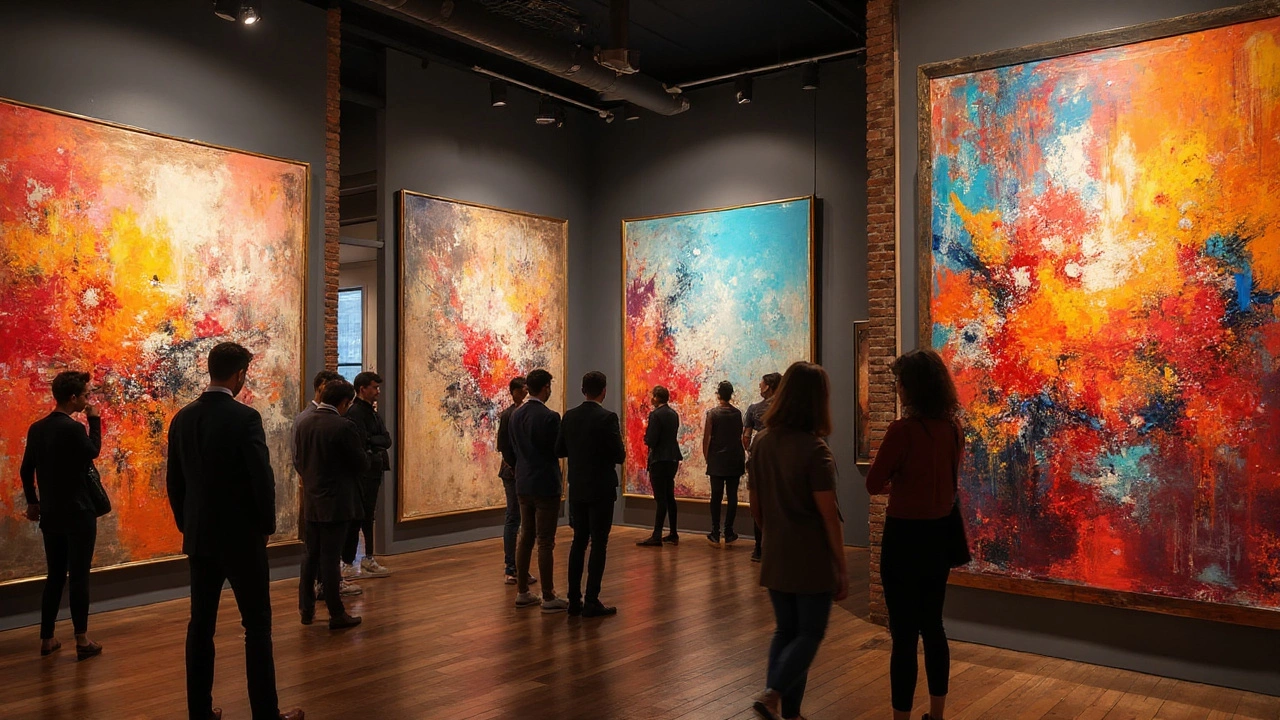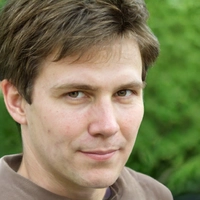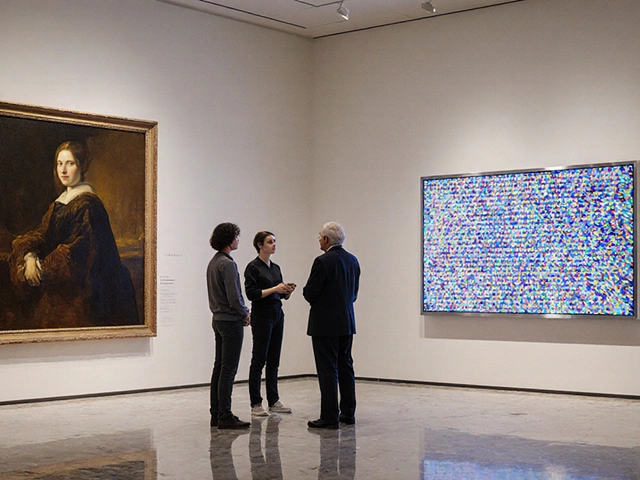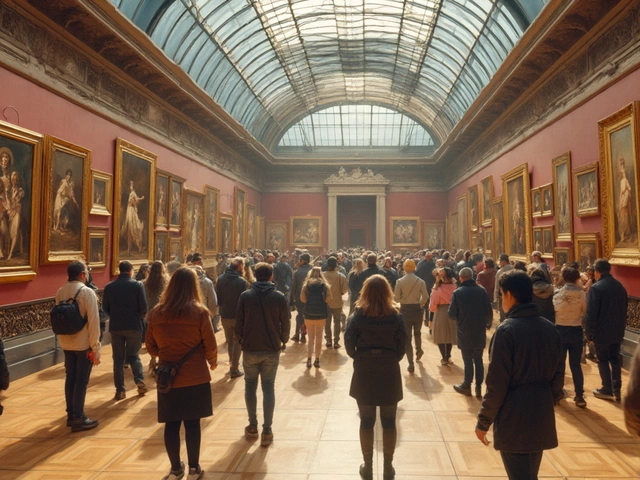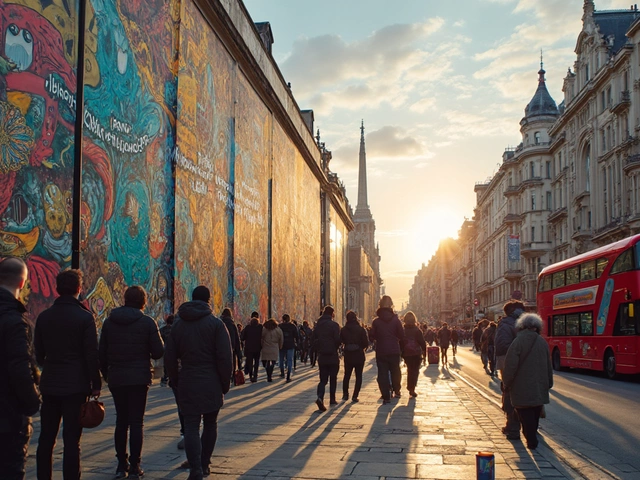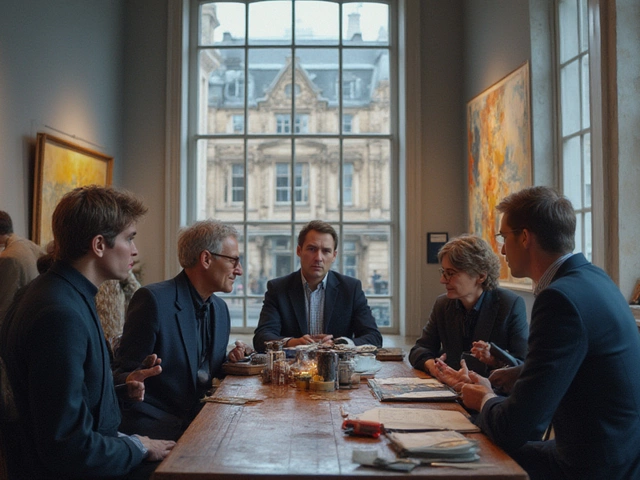Are abstract artists just throwing paint at the wall, or is there a method buried in the madness? This question never fails to spark lively debates, and honestly, there’s something irresistible about the idea that a whole branch of art lives by its own wild code—or does it?
The Myth of No Rules in Abstract Art
Chances are you’ve heard someone say, “Abstract art has no rules—anything goes!” On the surface, this sounds thrilling. Imagine being free from the stuffy traditions of brushwork, perspective, and subject matter. Jackson Pollock standing above his canvas, cigar in hand, paint splatters flying like confetti—just pure, unrestricted creation. But let’s get real for a second: it’s not quite a rule-free party. Even the most legendary rule-breakers in abstract art stuck to their own structure, odd as it may have seemed.
If you look closely at the giants—think Kandinsky, Mondrian, Rothko—they each had their own set of unwritten rules and repeated techniques. Kandinsky obsessed over color relationships and considered his paintings as music you could see. Mondrian built compositions with a limited palette and strict verticals and horizontals. Rothko placed glowing color fields on his canvases with mathematical care. Sure, they didn’t paint apples and landscapes, but make no mistake, they followed patterns, philosophies, and even some solid theory.
Check out the rules of abstract art they often swore by—not written out like in a math class, but deeply woven into their process:
- Balance: Even chaos has a sense of order. Many abstract artists make sure the visual weight is distributed so the viewer feels anchored (or purposely not).
- Color Harmony: Colors aren’t tossed willy-nilly. Many abstract works follow rules from color theory, like complementary colors or rhythm through repeated hues.
- Repetition and Variation: There’s usually rhyme to the reason—lines repeat, shapes echo, but then something breaks the pattern to hold your attention.
- Intentionality: Abstract artists rarely paint random blobs. There’s almost always a guiding emotion, a question, or a theme they chase across the canvas.
Kandinsky once wrote, “Color is a power which directly influences the soul.” That sounds vague, but to him each color had a spiritual, almost musical function. He kept books of notes and experiments on how red, blue, yellow interacted. When you see a canvas by Rothko, don’t be fooled by its simplicity—he mixed his own pigments for months before he was happy with the way one color grazed against another. Sure, you can break all the rules, but the legends always choose which ones to keep, and which to bend until they almost snap.
Hidden Structures: The Blueprint Behind the Chaos
A quick glance at abstract art and you might feel untethered—no fruit bowls, no faces. But zoom in, squint, or just stand a few minutes longer. Most abstract works have invisible lines, grids, or patterns guiding the eye. Kandinsky’s best-known paintings often hide musical scores. Mondrian’s compositions reference the rhythm of jazz music. Lee Krasner—a master in her own right—embraced chaos in her brushwork but kept returning to circular, swirling motions like a personal signature.
Let’s get practical. Crop out a 6-inch square from Pollock’s “Blue Poles” and even there, you’ll see repetition—lines cross, colors layer, darks punch through lights in a rhythm. Pollock actually worked in bursts, letting the paint fall, then circling the canvas and repeating the motion from the other side. It’s not random—it’s choreography.
Here’s something pretty wild: abstract art sometimes obeys math. Mondrian became obsessed with the golden ratio and used it to plan where lines hit and squares appear. This gives the canvas a sense of harmony even when all you see are rectangles and bold lines. Bridget Riley, a pioneer of op art (a style of abstract art), generated mind-boggling geometric patterns that appear to vibrate on the wall. Each piece stacks up starting from precise hand-drawn calculations.
| Artist | Era | Preferred Structure | Key Element |
|---|---|---|---|
| Wassily Kandinsky | Early 1900s | Color Harmony, Rhythm | Spirituality in Color |
| Piet Mondrian | 1920s-1940s | Grid, Golden Ratio | Geometry |
| Jackson Pollock | 1940s-1950s | Movement Patterns | Physical Gesture |
| Mark Rothko | 1950s-1960s | Rectangles, Color Fields | Emotional Tone |
If you want to see rules barely contained, peek at Kazimir Malevich’s “Black Square.” Just a square on a white ground, right? But he agonized over the ratio, the corners, the texture. The result—shockingly simple, but eerily polished—still gets referenced in art schools as the breakup letter to centuries of realistic painting.

Troubleshoot This: Making Abstract Art When There’s No Manual
Now, if you’re itching to make your own abstract masterpiece, don’t reach for the rulebook—there isn’t one. But no one likes drawing a blank. What gives your canvas that magic touch? It starts with intent. What are you trying to express—energy, calm, confusion?
Some tips to avoid frustration:
- Start with a mood. Turn on music that fits. Let that set your pace and gestures.
- Pick a constraint. Limit yourself: three colors, one type of line, or only round shapes. Strangely, limiting yourself can spark creativity.
- Step back frequently. Zoom out, both physically and mentally. The big picture might surprise you.
- Use ‘happy accidents.’ If something spills or a shape goes wild, let it happen. Many breakthroughs show up in these moments.
- Pay attention to balance. It doesn’t all have to be perfectly centered, but the composition shouldn’t feel like the Titanic tilting.
Having a process is half the fun. Layer and erase, add and subtract, until it clicks. Lee Krasner recycled failed drawings into collage. Joan Mitchell jabbed at the canvas with paint-soaked rags. Helen Frankenthaler poured paint directly, letting gravity pull the pigments into organic islands. Even when there’s no script, there is a rhythm—often, artists just develop their own over time.
Think you need fancy materials? Pollock used wall paint. Basquiat started with whatever junk he could find. No need to catch up on fancy supplies or huge studio spaces. What matters more is developing your own rules, then playing with how much you’ll stick to them.
How Abstract Art Changed the Rules for Everyone
Abstract art didn’t just toss out the old rulebook. It changed the way millions of people looked at creativity itself. Suddenly, kids scribbling in the margins of their homework could see their marks echoed in galleries. Sunday painters, designers, and even tattoo artists all borrowed abstract art’s greatest lesson: freedom isn’t the same as formlessness. There’s usually more planned chaos than you might imagine.
It’s easy to shrug off abstract art as pure chance, but every few years, a study pops up showing people (even art newbies) consistently prefer paintings that stick to hidden patterns—like symmetry, balanced shapes, or color harmony—over random paint drops. One experiment at a London gallery asked visitors to pick their favorite abstract works from dozens of anonymous paintings. The winners? Almost always the ones with some secret structure—even if it wasn’t obvious at first glance.
Here’s where the paradox kicks in: the farther the art gets from reality, the more viewers project their own stories onto it. A bunch of jagged lines? That’s anxiety. Gentle color flows? Maybe hope or memory. The rules don’t always come from the artist. Sometimes they’re decided by whoever’s standing in front of the canvas, searching for meaning. That’s part of the magic.
Abstract art made room for the idea that you don’t have to paint ‘things’—you can paint feelings, memories, sunsets you barely remember. But almost always, there’s a hidden order. The legends knew it. And most artists, whether they admit it or not, end up making and breaking their own rules along the way.
